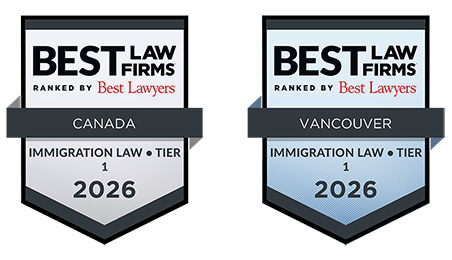Many international travelers are well-versed in border security and customs protocols at ports of entry. Yet many people find it stressful to be questioned by a border security officer, worrying that they may say the wrong things. Horror stories abound about delayed or cancelled trips as a result of interrogations gone wrong. Some travelers find themselves being referred for extra questioning every time they travel to Canada.
Frequently people are referred to secondary examination because they have an enforcement flag put into their electronic immigration file that causes repeated inquiries and corresponding delays. How does a traveler prepare for increased security in today’s world of international travel?
Enforcement flags are computer generated notices that cause a person to be automatically referred to secondary examination when arriving in Canada. Upon each new entry to Canada, the officers of the Canada Border Services Agency (CBSA) have access to the Immigration Primary Inspection Line database that contains information about a person’s prior travels to Canada, including all past enforcement actions taken. Enforcement flags can be generated for both temporary residents and permanent residents alike for issues such as criminality, prior overstays in Canada or, in the case of Canadian permanent residents, concerns whether they have met or will meet their residency obligation to maintain permanent resident status.
Although any prior records of enforcement action in a person’s travel history are permanent, enforcement flags can be removed by the CBSA upon request or at their own discretion to eliminate the automatic referral to secondary examination. Whether the CBSA determines that it is reasonable to remove an enforcement flag will depend on factors such as the frequency of the person’s visits to Canada and the nature and seriousness of the concerns that led to the flag’s creation in the first place.
As a Vancouver immigration lawyer, I was recently approached by a Canadian permanent resident to request the removal of an enforcement flag with the CBSA who had concerns about whether she met the residency obligation of living in Canada for two years in the past five years to maintain her permanent resident status. As a person who had spent considerable time in her country of citizenship in the first years after obtaining Canadian permanent resident status, she found herself subject to secondary examinations on all her recent return trips to Canada.
As with other immigration matters, the responsibility was on her as the applicant to show why her enforcement flag should be removed. A full breakdown and analysis of the days she spent travelling outside of Canada in the past five years was provided, together with supporting documentation such as her fully translated passport stamps to demonstrate she clearly met her residency obligation. The client was ultimately successful and had her enforcement flag removed.
The most effective way to remove an enforcement flag will depend on the facts of each case and, in particular, the seriousness of the immigration concerns that led to its creation. For enforcement flags that relate to relatively minor issues the flag removal request may be requested and processed at the port of entry upon arrival. However, for more complicated issues such as criminal concerns, these will require additional analysis at an in-Canada office by senior CBSA staff.
Immigration representatives can help clients with identifying the underlying legal issues and to prepare a strategy and legal submissions to remove an enforcement flag. If you have been referred to secondary examination before and find yourself being automatically referred to secondary examination, regardless of the length or purpose of your trip to Canada or the circumstances of your departure from Canada in the case of returning residents, you may be the subject of an enforcement flag and may benefit from assistance from a licensed immigration representative.





